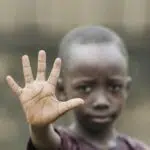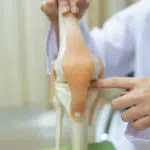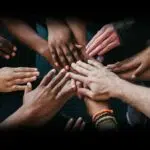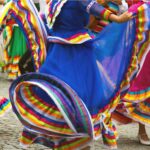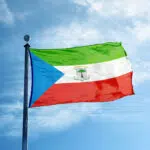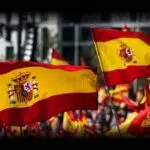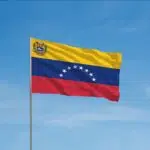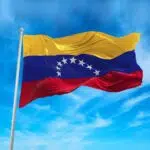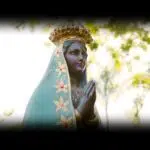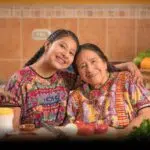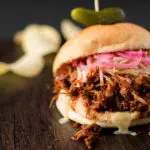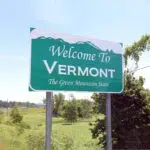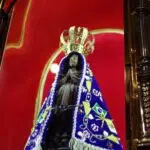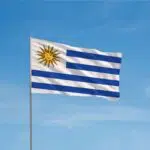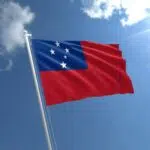Indigenous Resistance Day in Venezuela is a yearly occurrence observed on October 12 that seeks to shine a light on an oftentimes overlooked angle of history. Since 2002, Venezuela has broken from traditional celebrations associated with October 12, also known in the U.S. as Columbus Day. On this exact date in 1492, the Spanish explorer arrived in the Americas, and rapid recon and colonization of the continent ensued. To make sure history never forgets about the original communities within the territory, Venezuela celebrates Indigenous Resistance Day as an homage to its autochthonous people – their culture, identity, struggles, triumphs, and enduring legacy. Many Latin American countries and some U.S. states have followed suit and redefined the meaning of the date.
History of Indigenous Resistance Day
The way to observe October 12 has evolved throughout history. For decades, indigenous groups everywhere have been raising their voices to fight for their rights and for their version of history to be listened to as well. How Latin America and its affected communities see the transition from pre-Hispanic times to the modern era is different from how European countries do. The Americas was once home to over 60 million indigenous people, but by the end of the 15th century, colonization reduced those numbers significantly, and many natives had to suffer through new diseases, forced labor, and persecution.
As a way to rescue its indigenous roots and revisit this dark historical period, many Latin American countries have their own alternatives to what we know as Columbus Day, such as the Day of Respect for Cultural Diversity in Argentina, the Day of Cultures in Costa Rica, the Day of the Multicultural Nation in Mexico, and the Indigenous Resistance Day in Venezuela, among many others.
Although the date was originally deemed Día de la Raza, or Day of the Race, all around, it has since been renamed. In 2002, the Venezuelan President officially first coined Indigenous Resistance Day, and the name has stayed ever since. The holiday redefines the notion that the Americas were discovered, as indigenous people lived and thrived there for millennia until the Europeans arrived. Since 2002, October 12 has been about reclaiming history and dignity for the indigenous people of Venezuela.
Indigenous Resistance Day timeline
Columbus first arrives in the Americas.
Faustino Rodríguez-San Pedro, a Spanish minister, creates a celebration around Hispanic heritage.
For the first time, indigenous delegations arrive in Geneva to draft a U.N. resolution on October 12 as Indigenous Peoples Day.
Venezuela formally changes the name from Día de la Raza to Indigenous Resistance Day.
Indigenous Resistance Day FAQs
Are Venezuelan people indigenous?
Indigenous people in Venezuela make up approximately 2% of the population. But many Venezuelans have mixed indigenous ancestry.
How are indigenous people treated in Venezuela?
Venezuela has adopted the U.N. Declaration on the Rights of Indigenous Peoples and has taken great strides in rectifying past wrongs.
When was the United Nations Declaration on the Rights of Indigenous Peoples adopted?
The High Commissioner for Human Rights welcomed the adoption of the United Nations Declaration on the Rights of Indigenous Peoples by the General Assembly on September 13, 2007.
How to Observe Indigenous Resistance Day
Read about Venezuela’s indigenous peoples
Venezuela is home to at least 30 indigenous groups, including the Wayuú, Warao, Pemón, and Añu people. Read their histories and reflect on them.
Honor indigenous customs
When in Venezuela, attend marches and cultural events. Several other countries in Latin America and some cities in the United States also organize events in solidarity.
Amplify their stories
Do your bit to highlight the continued struggle of indigenous groups. Talk about the day with friends and co-workers, or share something on social media.
5 Biggest Indigenous Groups In Venezuela
Wayú
With a population of over 400 thousand, they are located in Zulia.
Waraos
This ethnic group is located in Delta Amacuro, Monagas, and Sucre.
Pemón
Located in Bolívar, they are common inhabitants of the Gran Sabana.
Guahibo-Jiwi
They are native to the Llanos or savanna plains in eastern Colombia and southern Venezuela.
Añú
They are also located in Zulia and focus mostly on fishing and agriculture.
Why Indigenous Resistance Day is Important
It’s about reclaiming history
Indigenous Resistance Day invites us to re-learn history. It’s about acknowledging there’s always a flip side.
It asks tough questions
The day urges many countries to think critically about their colonial pasts. Some, like Canada, have even issued official apologies.
It preserves culture
Indigenous Resistance Day is a step forward in keeping indigenous cultures alive. These groups are self-sustainable and live in harmony with the earth – the kind of wisdom our world desperately needs today.
Indigenous Resistance Day dates
| Year | Date | Day |
|---|---|---|
| 2025 | October 12 | Sunday |
| 2026 | October 12 | Monday |
| 2027 | October 12 | Tuesday |
| 2028 | October 12 | Thursday |
| 2029 | October 12 | Friday |

